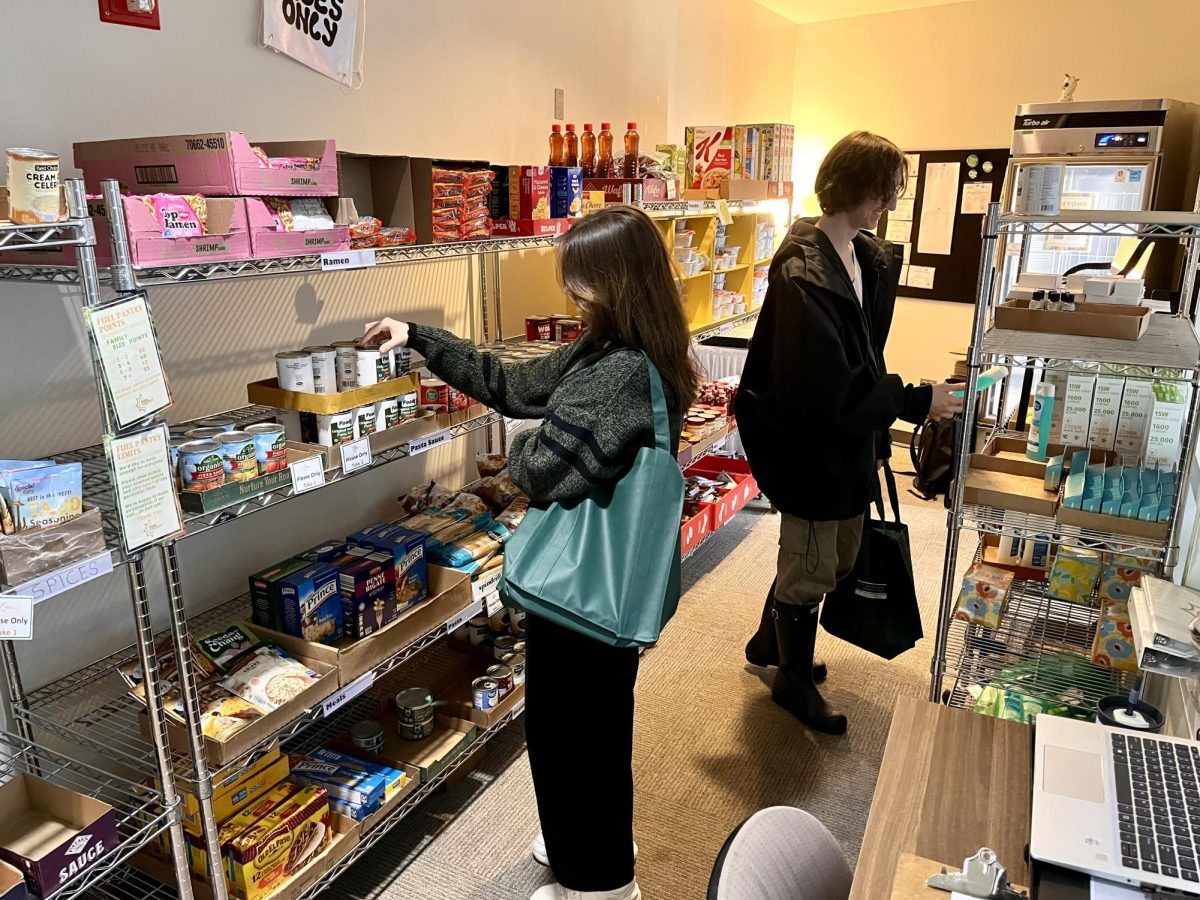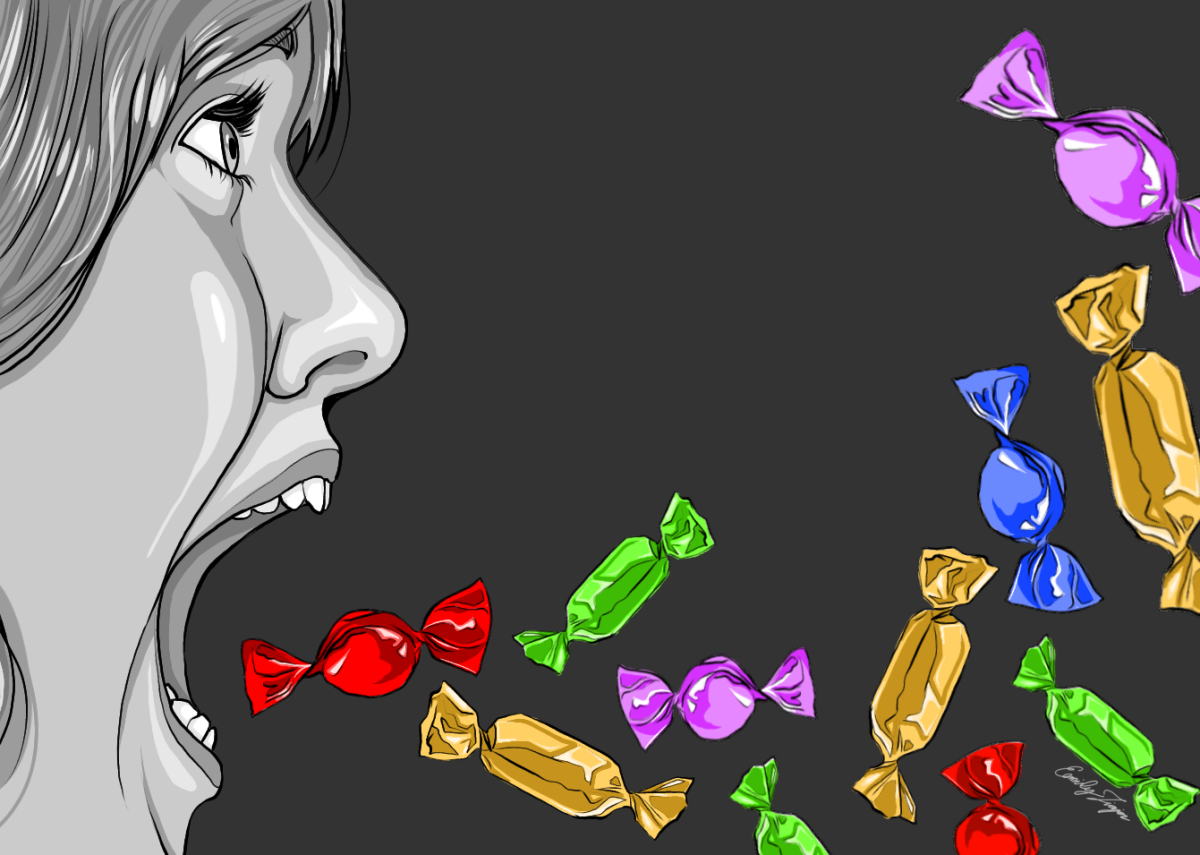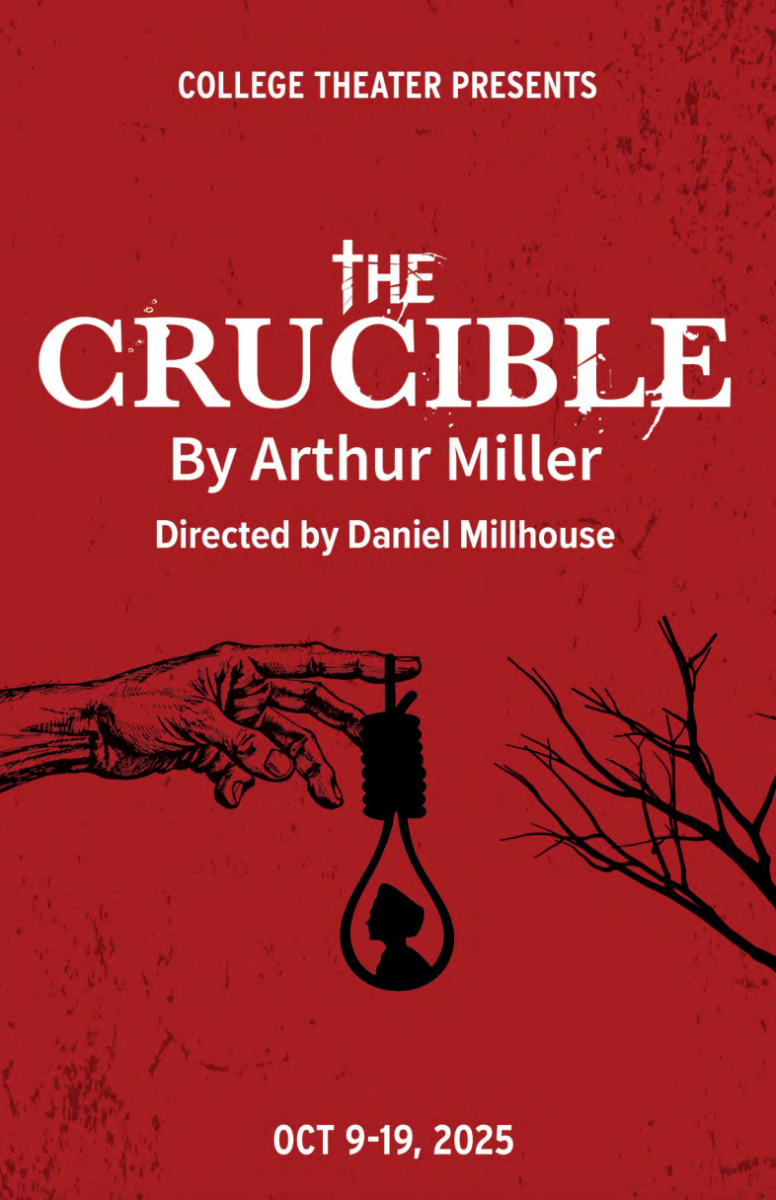Gardening: You don’t need a green thumb
May 25, 2016
During the summer, there’s nothing tastier than fresh fruits and vegetables straight from the garden. Sadly, people don’t always think they have the time or the space to create their own produce. But with these useful tips and tricks, you’ll have a beautiful harvest by the time fall rolls around.
Indoor Gardening:
The first and most important thing you need to think about is space. While indoor gardening doesn’t have to take up a lot of room, you want to make sure you pick a spot with lots of natural sunlight. It’s best if the majority of the light comes in during the morning, but having afternoon light won’t necessarily be detrimental to your plants. If your home is on the darker side, you can invest in a grow light.
There are three different types of grow lights: incandescent, fluorescent, and high intensity discharge(HID). Incandescent lights are definitely the most affordable out of the three (you can get them for under $3), but they are not ideal for growing produce. They are great for indoor flowers, however, and can leave you having a stunning indoor garden well into winter. Fluorescent lights are great for herbs, but they generally give off low light and are not advisable for budding plants or produce. HID bulbs are on the more expensive side, but they are the brightest and most efficient lights on the market. These are the ones you can grow produce with, and they’re designed not to heat up too much so they won’t make your whole house warm.
You also need to be aware of your temperature and humidity. Generally keeping plants between 65 to 75 degrees is ideal, which is great because it means you can keep your house cool all summer. Humidity can be replicated by spraying the plants with a mister regularly. You could also run a humidifier in your home, but during the summer I suggest avoiding that due to the already high humidity rates.
Just like any garden, you need great potting soil and great fertilizer. The key features to look for in potting soil is something light and fluffy, usually containing peat moss, pine bark, and vermiculite. Don’t feel like you have to buy the most in quantity, because once it is mixed with fertilizer a little goes a long way. When mixing, make sure you completely turn the soil and have have an even consistency. Don’t be afraid to get your hands a little dirty and really mix it together well. This will help hold moisture and give the plants all the nutrients they could possibly need.
Finally, the plants you choose to grow will need all different types of containers. My main tip with this is not to let aesthetics distract you in what is best for the plant. If you need to garden in a giant plastic tub, do it! Oftentimes the beautiful pots you find at garden stores don’t actually have enough room for plants to grow, and quite honestly you can make some of the best potting containers out of recycling. You can grow herbs or greens in cardboard containers that come with fruit, and you can use old milk jugs with the top half cut off for tomato plants. If you want to invest in some non-recycled items, I would suggest going to your local hardware store and just picking up containers in different sizes. No matter what you use, however, make sure there are small holes in the bottom to let excess water drain out.
Outdoor Gardening:
Outdoor gardening has its own fair share of problems, and the challenges I tend to deal with most involve garden pests. Animals like rabbits, squirrels, birds and raccoons can eat your entire garden in a matter of weeks, along with insects that actually destroy the makeup of the plant. However, I personally am not a fan of pesticides, and I have developed a bag of tricks to help deal with these critters.
The first, and in my experience the most effective, is actually just sprinkling animal hair into the dirt near your garden. If you have an animal that sheds, next time you go to vaccuum make a point to save the leftover fur and spread it evenly over your plants. This will deter rabbits and squirrels because it smells to them like a predator is near. Just be sure to replenish it every couple of days, as it will blow away. Don’t have a pet that sheds? Believe it or not, human hair works for this too. Just don’t be weird about collecting it.
The second thing is great for slugs, snails and pests who like to dig. Make a mixture of cayenne pepper and salt (careful not to touch your eyes) and sprinkle it all over the garden bed. The salt will dry up slimy critters and the heat from the cayenne will scare away any squirrels and raccoons. Another alternative to this is used coffee grounds, which not only deter pests but have nutrients that are beneficial for the plants!
If all else fails, netting is definitely the way to go. I usually get mine from the local hardware store at an inexpensive price, but I have come across an alternative that I’m obsessed with now. I took a bunch of my old lightweight t-shirts, tied them together, and made a very loose netting. This is awesome for the plants because you can design it to cover their exact shape, and it’s less likely to get tangled in the branches of trees and bushes. Also you can make them any color, so they are easier to see than your standard netting.
If you haven’t yet, you should start keeping compost. Save things like eggshells, coffee grounds, grass clippings, really just about any organic scraps (excluding meat based products). Set aside two sections of your yard for the compost, and I suggest placing them side by side. The first section is where you put these scraps, and the second is for your compost once it’s ready to use. When you first start collecting scraps, simply dump them in their spot. After a few months, or once there is a considerable amount in the pile, start turning it over with a shovel. The more you turn the scraps regularly, the faster it will be ready to use. I’ve found that it generally takes me about six months until my compost is ready to use, but it all depends on how much moisture is in the air. Dry scraps will take longer to compost.
Gardening is something that everyone can do. It’s therapeutic. It’s affordable. It’s fun, and you get some great food out of it! For a remarkably better summer, start your own today.




















K • May 26, 2016 at 1:24 pm
Clearly, the author has not put in real effort into this piece. I don’t even have to read past the first sentence of the 2nd paragraph to know this fact. What about LEDs? They are EXCELLENT grow lights and are the future of all indoor grows. Come on.